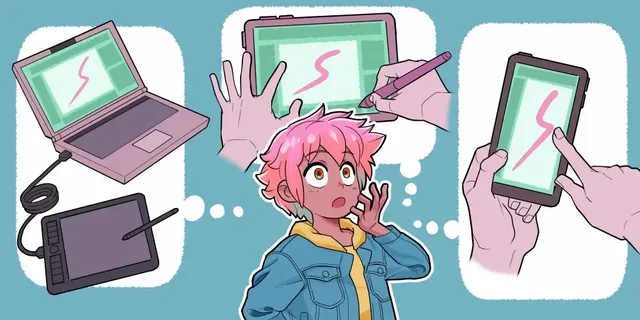
Art, a realm once confined to physical mediums, has undergone a profound transformation in the digital age. The emergence of digital art has shattered conventional boundaries, transcending limitations to create an expansive canvas where imagination meets technology.
At its core, digital art encompasses a diverse array of creative expressions crafted through digital tools and software. From mesmerizing illustrations to immersive virtual realities, the scope of digital art defies definition, continually evolving as technology progresses.
One of the defining features of digital art is its accessibility. Unlike traditional art forms that often require specialized materials or extensive training, digital art welcomes novices and experts alike. The digital realm offers a playground where experimentation is encouraged, enabling artists to explore their visions without the fear of irreversible mistakes.
Moreover, the versatility of digital art enables seamless integration across various mediums. Whether it's enhancing a photograph with intricate digital effects or creating an interactive installation using augmented reality, the adaptability of digital art empowers artists to blend techniques and mediums in unprecedented ways.

The democratization of creation is another facet illuminated by digital art. Through online platforms and social media, artists can showcase their work to a global audience instantaneously, fostering communities and collaborations transcending geographical boundaries. This interconnectedness has not only amplified exposure but also nurtured diverse perspectives and styles within the digital art landscape.
Furthermore, the fusion of art and technology has led to groundbreaking innovations, birthing new art forms and experiences. From generative algorithms producing unique visual masterpieces to immersive experiences in virtual reality, digital art continually pushes the boundaries of creativity and perception.
However, amidst the marvels of digital art, questions about authenticity and permanence often arise. The intangibility of digital creations challenges conventional notions of ownership and preservation. The ever-evolving nature of technology poses challenges in maintaining the integrity and longevity of digital artworks.

Nonetheless, digital art embodies a boundless frontier, offering a glimpse into the limitless possibilities of human imagination fused with technological prowess. As this artistic landscape continues to evolve, it invites us to contemplate not just the art itself, but the transformative impact of technology on the very essence of human creativity.
In conclusion, the emergence of digital art has heralded a new era in artistic expression, transcending boundaries, democratizing creation, and redefining the very essence of art. It stands as a testament to the symbiotic relationship between human ingenuity and technological innovation, inviting us to explore and embrace the endless possibilities of the digital canvas.